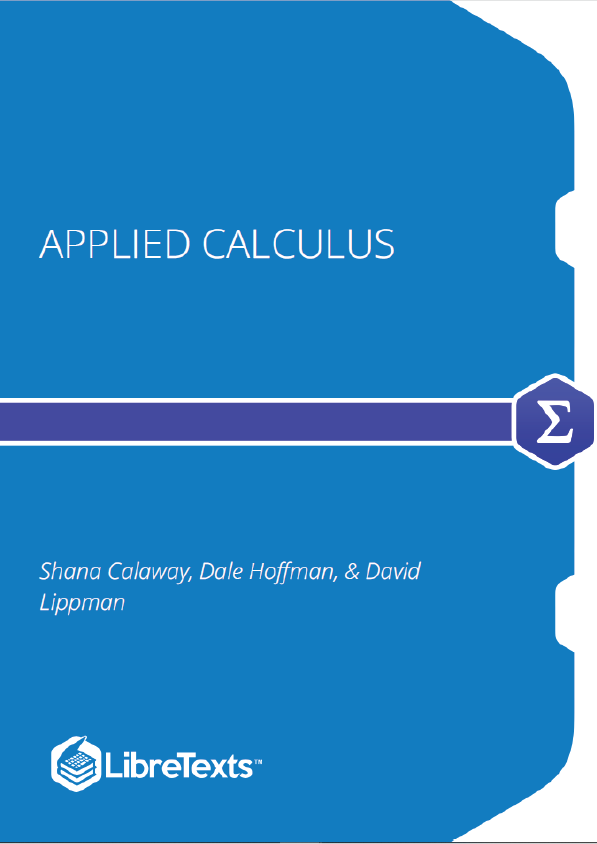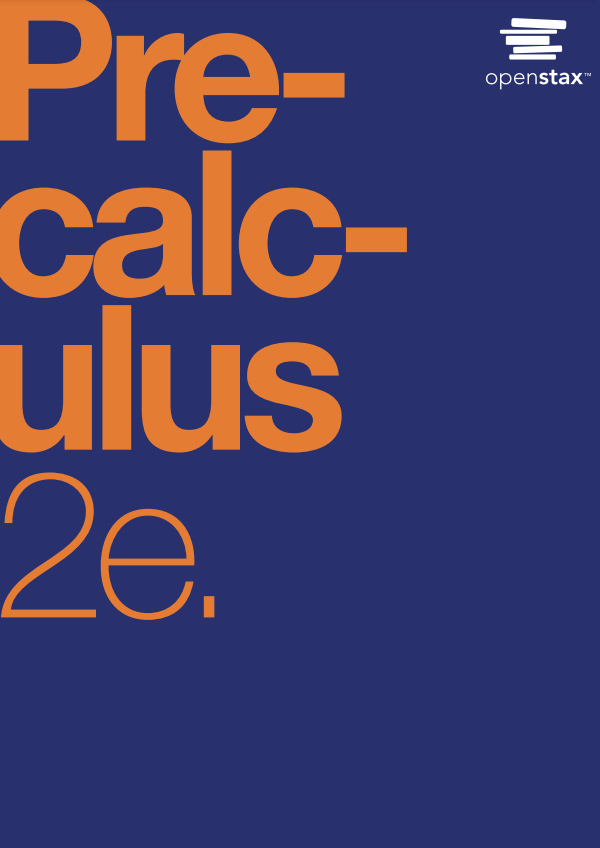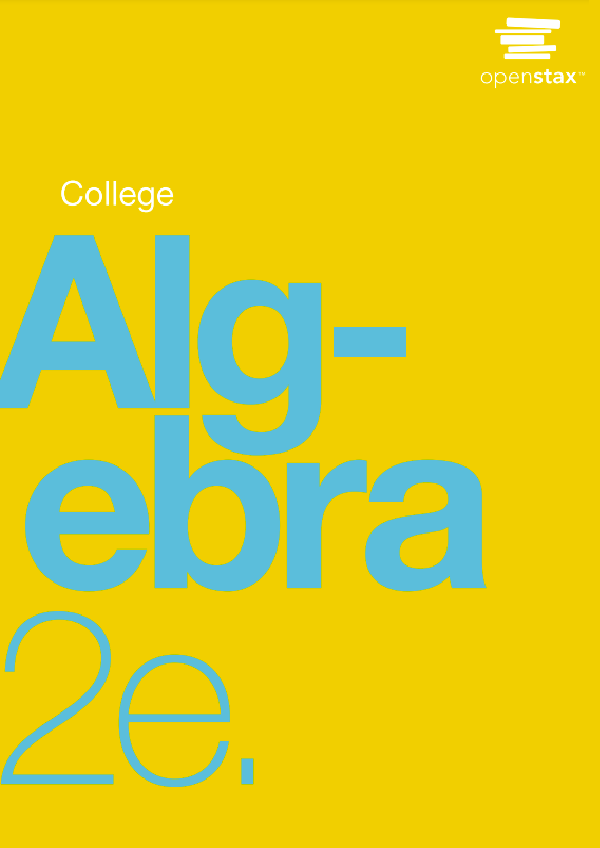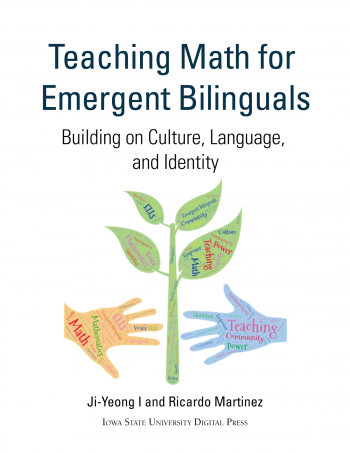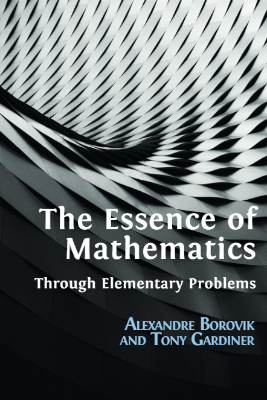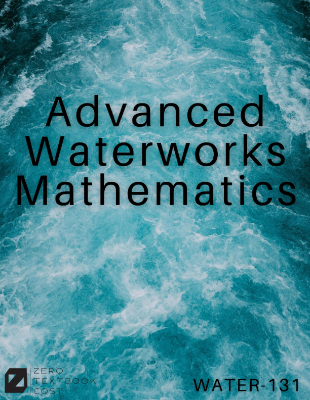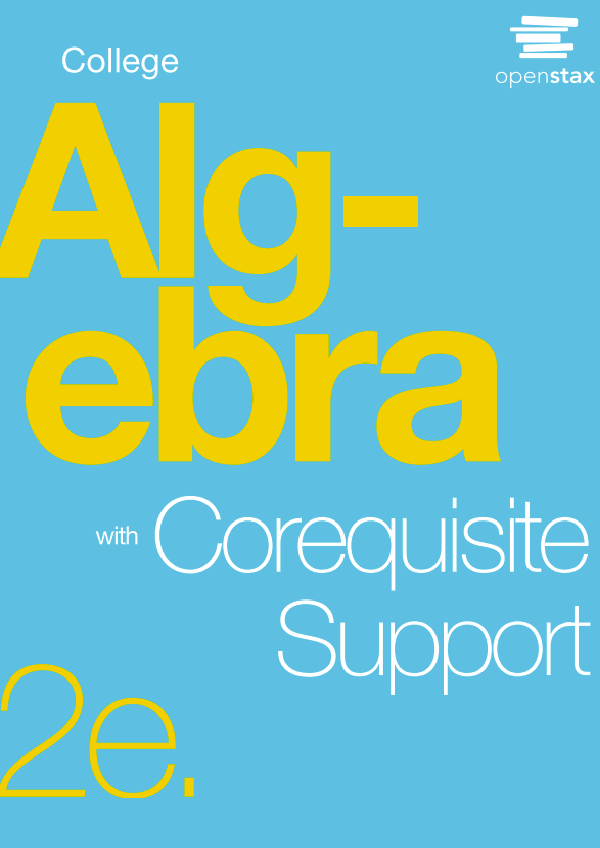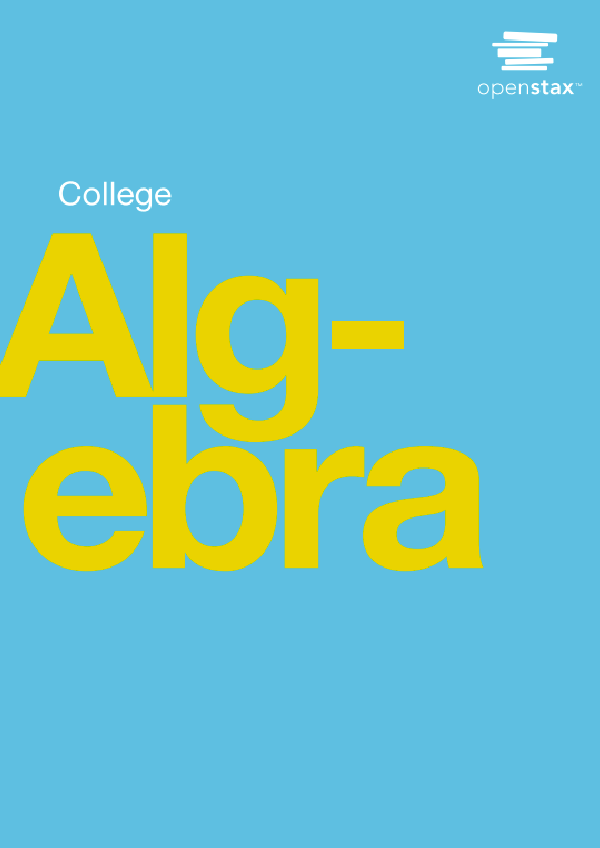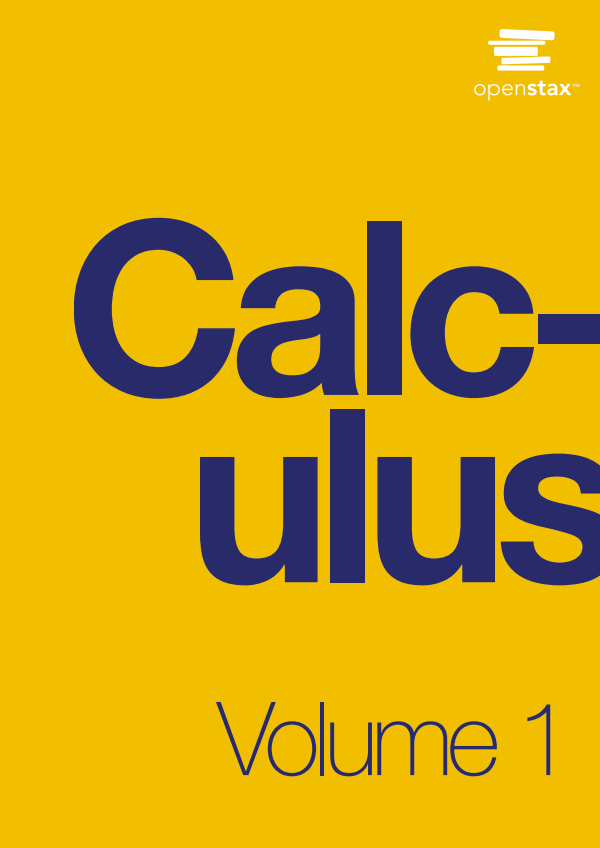Introduction
A Preview of Calculus
Calculus was first developed more than three hundred years ago by Sir Isaac Newton and Gottfried Leibniz to help them describe and understand the rules governing the motion of planets and moons. Since then, thousands of other men and women have refined the basic ideas of calculus, developed new techniques to make the calculations easier, and found ways to apply calculus to problems besides planetary motion. Perhaps most importantly, they have used calculus to help understand a wide variety of physical, biological, economic and social phenomena and to describe and solve problems in those areas. Part of the beauty of calculus is that it is based on a few very simple ideas.
Part of the power of calculus is that these simple ideas can help us understand, describe, and solve problems in a variety of fields.
Supplements
An online course framework is available on MyOpenMath.com for this book. The course framework features:
- Links to individual sections of the e-text.
- Overview videos.
- Algorithmic, auto-grading online homework for each section of the text. Most problems have video help tied to the question.
- A collection of printable resources created by Shana Calaway for the Open Course Library project.
How is Applied Calculus Different?
Students who plan to go into science, engineering, or mathematics take a year-long sequence of classes that cover many of the same topics as we do in our one-quarter or one-semester course. Here are some of the differences:
No trigonometry
We will not be using trigonometry at all in this course. The scientists and engineers need trigonometry frequently, and so a great deal of the engineering calculus course is devoted to trigonometric functions and the situations they can model.
The applications are different
The scientists and engineers learn how to apply calculus to physics problems, such as work. They do a lot of geometric applications, like finding minimum distances, volumes of revolution, or arclengths. In this class, we will do only a few of these (distance/velocity problems, areas between curves). On the other hand, we will learn to apply calculus in some economic and business settings, like maximizing profit or minimizing average cost, finding elasticity of demand, or finding the present value of a continuous income stream. Additionally we will apply calculus in life and social science settings, like determining the rate at which drug concentration in the body is changing, or exploring the rate at which a subject learns. These are applications that are seldom seen in a course for engineers.
Fewer theorems, no proofs
The focus of this course is applications rather than theory. In this course, we will use the results of some theorems, but we won’t prove any of them. When you finish this course, you should be able to solve many kinds of problems using calculus, but you won’t be prepared to go on to higher mathematics.
